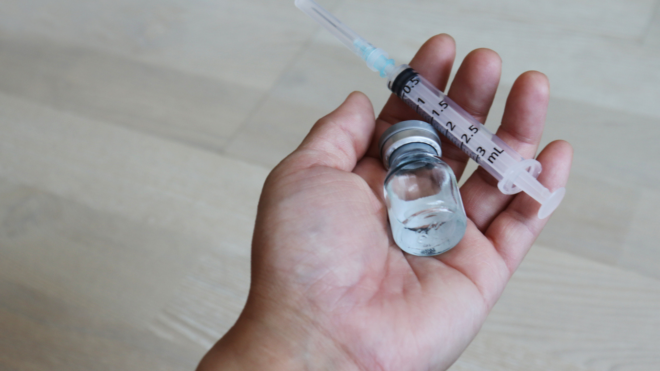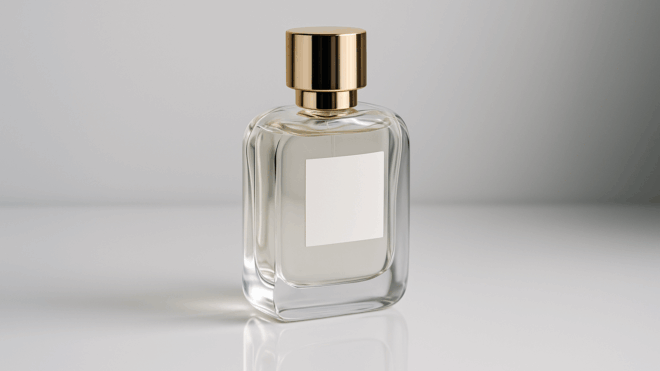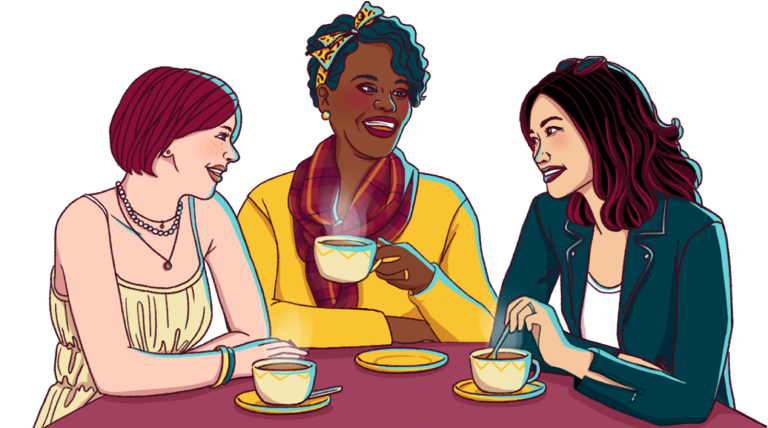We're all fully aware that style changes over the decades, but what we don't notice as much is how body types, much likes clothes or beauty trends, have come in and out of fashion throughout time.
You've probably noticed the "ideal" body type has transformed like crazy in the last couple of decades (remember when people thought having a big booty was a negative thing?), but the changes the "ideal" body underwent in the last 400ish years will make your head spin.
The late 1600s had their very own "Maxim Hot 100," as Atlas Obscura put it.

The "Windsor Beauties" are portraits by artist Sir Peter Lely, who painted "the most beautiful" women at the court of Charles II, who was the king of England, Ireland, and Scotland at the time.
All the women painted by Lely have double chins and fuller figures, a sign of "hotness" at the time, as curves meant you were healthy — you could afford to eat and, therefore, had money to spend.
If you were a curvy woman in the late 1600s, you were a babe.

Peter Paul Rubens painted "The Three Graces" in 1639, depicting three goddesses frolicking in the woods. Goddesses are supposed to be the very epitome of beauty, which means their rolls and back fat and cellulite were seen as beautiful, too.
The 1700s were still all about ~ curves. ~

French artist Francois Boucher painted goddess Diana and nymph Callisto in his work above. The two symbolized the beauty ideal at the time: curves, symmetry, and flawless skin.
Also, three cheers for this LGBTQ visibility! Well, kind of — according to the myth, Diana was Zeus in costume, who tried to get to Callisto but couldn't because she was a virgin. Creep level = 1,000,000.
Regardless, Callisto's body was seen as the ideal in Europe at the time.
By the mid-late 1800s, corsets were switching things up.
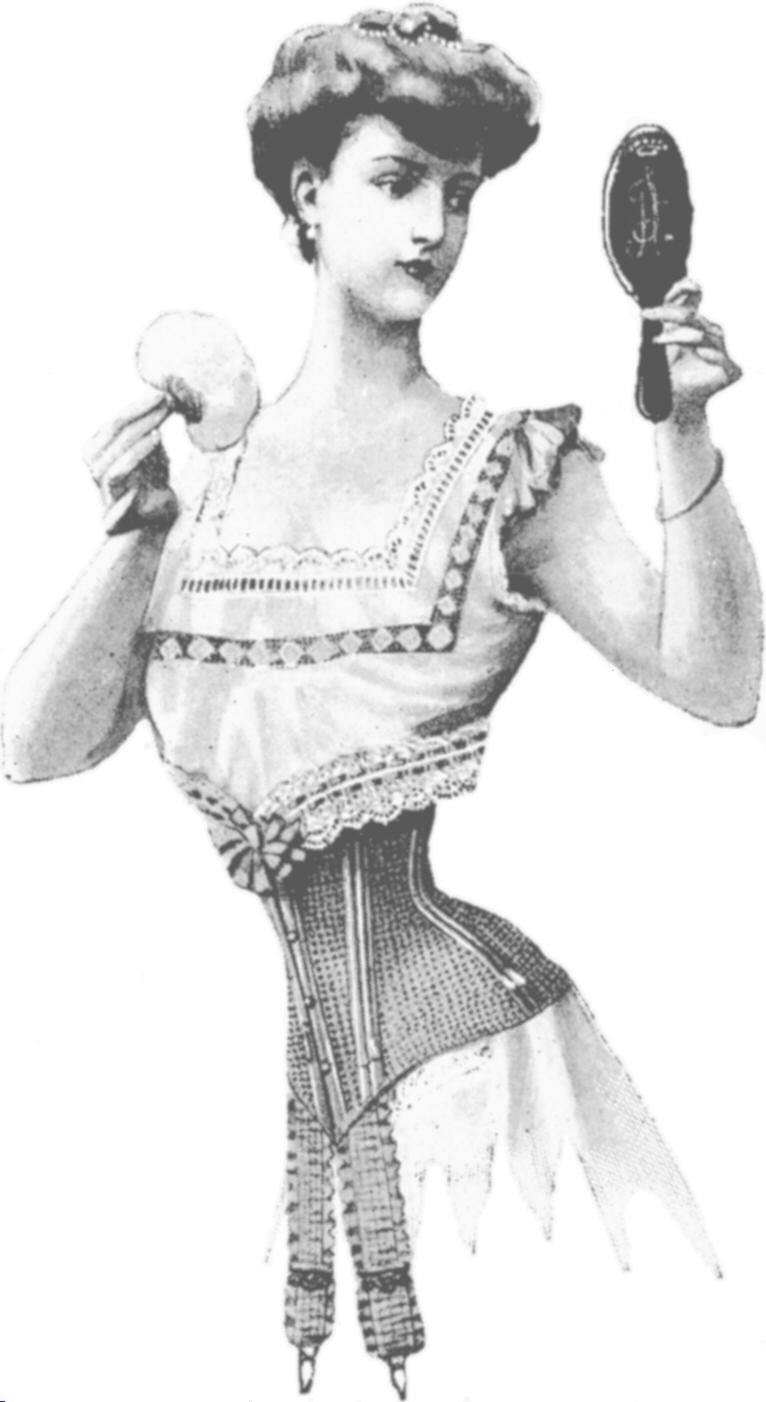
Iskra Lawrence's figure would've been prized AF in the 1800s. Hourglass shapes were in, and women were expected to be curvy and have a tiny waist. In fact, the body was meant to be "desirably plump," but women were instructed to lace their corsets as tight as possible for the illusion of a minuscule waist. Apparently, small waists emphasized a woman's weakness in comparison to a man's strength (??) so women were encouraged to tie 'em up as tight as they could.
The 1920s were all about narrow hips and small boobs.
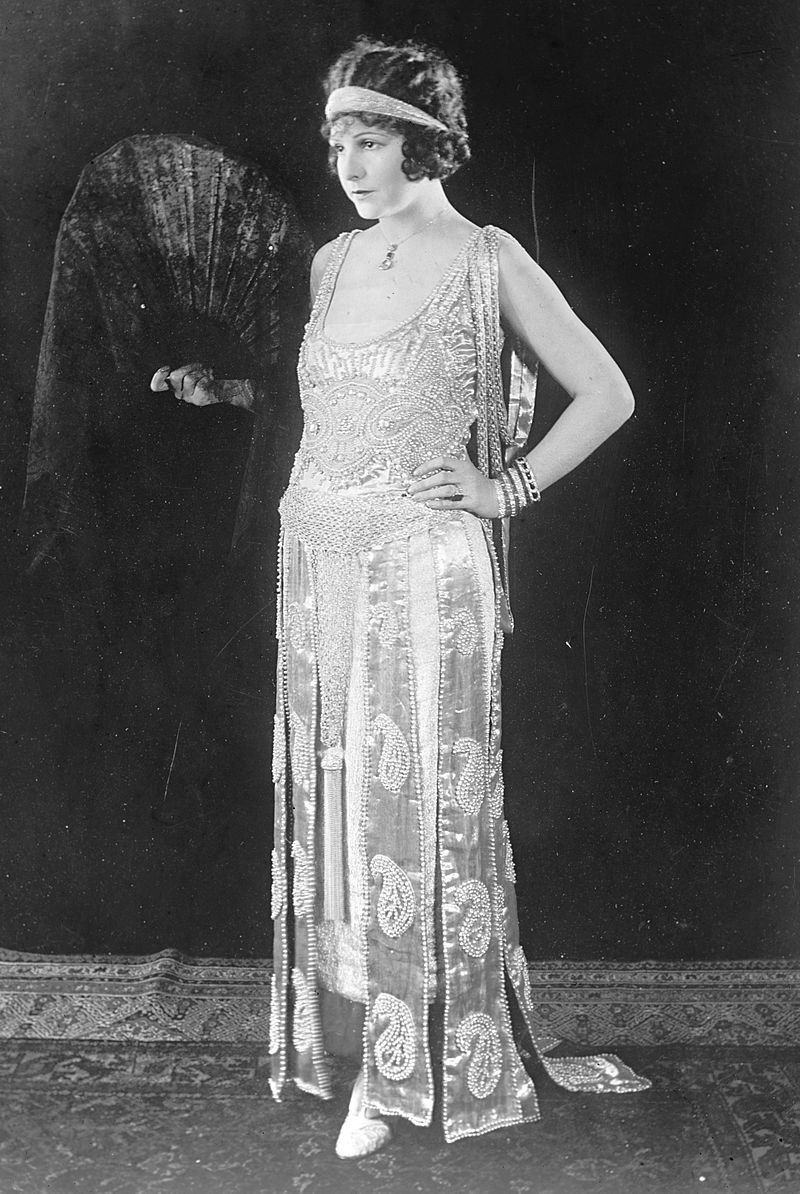
By the 1920s, ladies were abandoning their corsets for rubber girdles, which meant less pronounced hips and an all-over less curvy figure.
It was the first time that slenderness was really prized, too. Instead of having clothes be made to fit your body (as was the case before), you now made your body fit the clothes that were produced. Additionally, clothes were now beginning to be labeled by size, and we all know how that went.
By the 1930s, curves were coming back again — kind of.
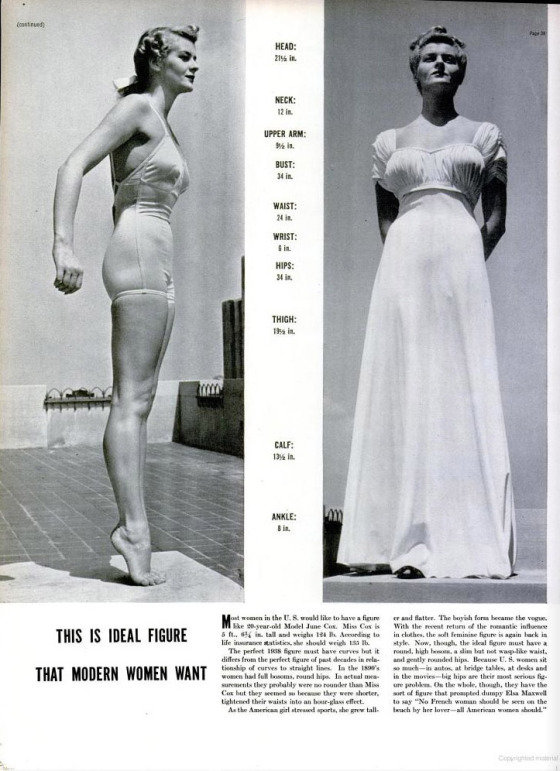
According to a Life Magazine article, the ideal body type for a woman in 1938 had "round, high bosom, a slim but not wasp-like waist, and gently rounded hips." While it's a far cry from the extreme hourglass body types of the past and closer to our ideals now, it's quite a departure from the more narrow figures of the 1920s.
The 1940s were all about the pinups.

Broad shoulders were a big deal, as were artillery-inspired shapes (um, pointy missile bras, anyone?).
By the 1950s, the hourglass was seriously in vogue.
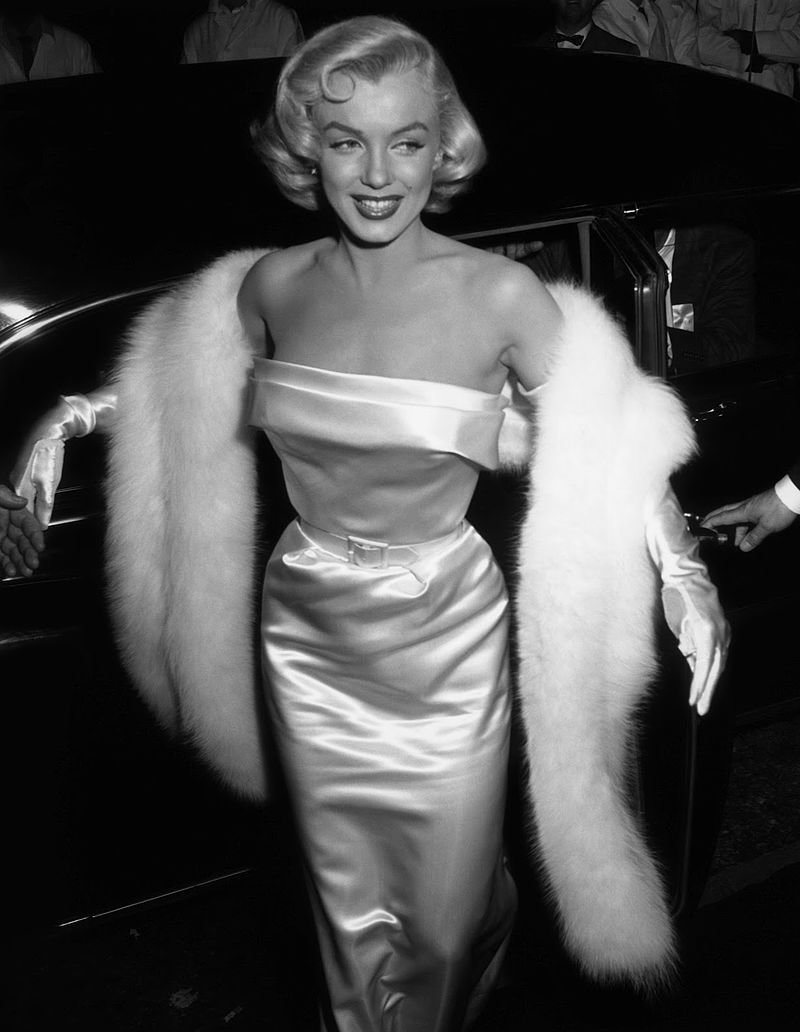
The '30s and '40s might've been all about angles, but the '50s brought a major curve revival. Weight gain pills were a big thing, and because this was the era of Playboy and Marilyn, big boobs and curves were allll the rage.
But by the '60s, a leaner body was back in fashion.
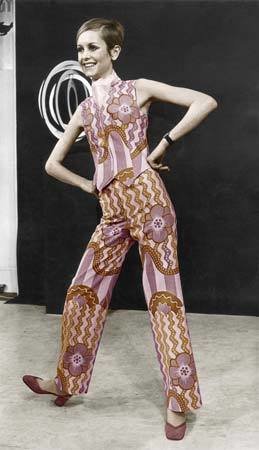
Curves were thrown for a real curveball (I'm sorry) by the '60s. A leaner, 1920s-style frame was cool again. Slim, long legs were huge, and short shift mod-style dresses were super popular.
One of the biggest icons of the time was Twiggy, who was applauded for her "androgynous" look and thin frame.
The '70s and '80s were all about slim, toned, and athletic bods.
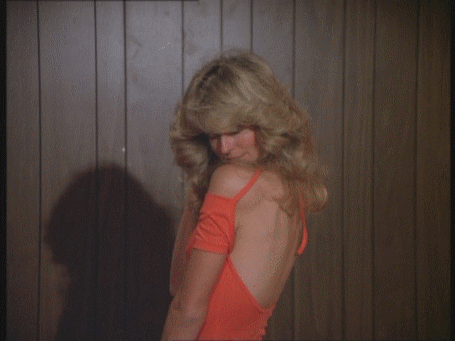
Farrah Fawcett, Jane Fonda, and the SUPERS were major sources of body inspiration during this time. Basically, if you were tall, fit, and athletic, you were a mega-babe.
By the '90s, we were idolizing Kate Moss.
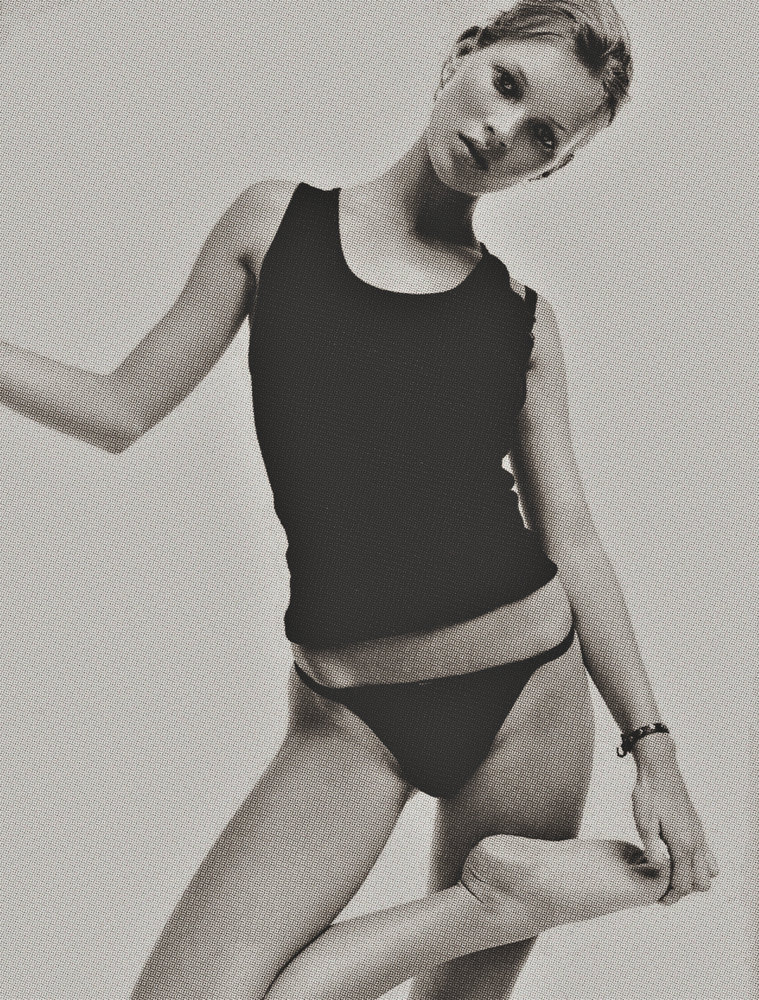
In the '90s, everyone was idolizing a look dubbed "heroin chic."
While that's skinny-shaming (a body type can't promote drug use), the '90s were all about thinness.
The 2000s were all about being thin, being tan, and being blonde.

Thinness was still a big deal in the 2000s. Tanning was huge (remember Jersey Shore?) and Paris Hilton ruled over us all.
The 2010s brought the rise of the body positivity movement.
Instead of prizing a body ideal, the 2010s saw the rise of a new movement: body positivity. Body positivity also ushered in role models of all shapes and sizes: Tess Holliday, Ashley Graham, Gabourey Sidibe, and many more.
While we're still far from embracing all bodies as flawless, we're seeing a lot more size diversity in fashion, entertainment, and social media. We've began to learn that there's no such thing as an "ideal" body type. Everyone's view of "ideal" is different, and besides, maybe, just maybe, our bodies are ideal just as they are.
Whether you're curvy, thin, plus-size, or anything in-between, remember that your body is perfect — AND timeless.


